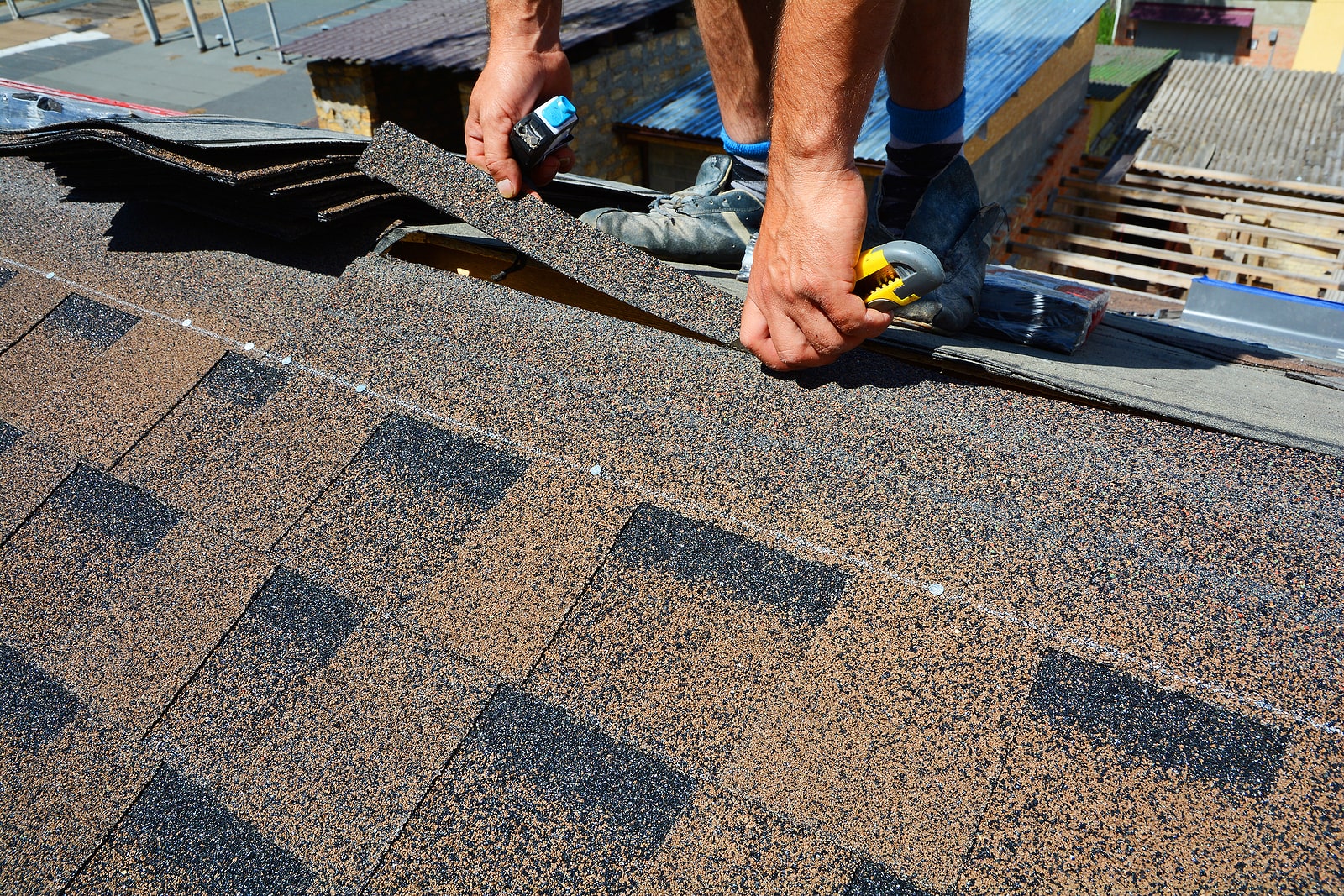Buying a home is a significant decision that will impact your family’s finances for many years, regardless of whether it’s your first home or a long-awaited upgrade. One of the priciest components of any house is its roof. So, you must determine your roof lifespan before making a purchase.
Roofing Basics: How to Prepare for an Inspection
You need to know something to walk inside your house and start looking at the roof. Begin by inquiring about the roof lifespan, kind, warranty, and name of the roof installer from the seller. Know all this if you file a housing insurance or warranty claim in the future. This will also assist your inspector in determining whether the roof is in excellent condition given its age or if it is deteriorating more quickly than projected.
Before purchasing, contact a roofing contractor to perform a comprehensive and expert property assessment. If a professional finds any issues with the roof, they will check it and offer advice on what to do. One key consideration during an inspection is the chimney. When comparing chimney cap vs. no cap, having a cap installed can prevent water, debris, and animals from entering the chimney, ultimately protecting your roof and home from potential damage.
Things You Should Inspect for Your New Home’s Roof
Before placing an offer on your new dream home, you should always check a few things regarding your roof.
- Roof Aesthetic: Regardless of your roof shingle type, age, or other factors, it’s best to examine the roof closely from the outside. Consider bringing binoculars if you want a better perspective.
In particular, an eye-catching roofing design is essential to treat guests’ eyes to a visually stunning property. That being said, the color, texture, material, and roofing design ought to blend in with the overall aesthetic of your house. So, replacing your roof can bring up your home’s value.
- Condition of the Roof: Checking for mold is crucial to prevent structural damage and ensure the roof’s optimal condition. Also, inspect if the roof is entirely level and free of bulges or curled edges since this is directly related to the roof’s longevity.
See whether any shingles are missing, and watch for worn areas. The presence of such defects suggests that it’s old. While an old roof is perfectly okay, you must ensure that it has not been impacted in any way.
It would be best to look for roofing granules or bald patches that allow UV radiation to penetrate and erode the asphalt. Check whether the flashing, gutters, and downspouts have rust patches or cracked caulk. Look at the rubber boots around vent pipes to see if they are worn out and cracked.
- Roof Lifespan: You should find out from the homeowner how long the roof will last. The average roof life varies from material to material.
Slate and clay tiles are the most resilient roof shingles types, with 50–150 years lifespans and up to 100 years, respectively. Concrete can last 40–80 years, whereas asphalt can last 10–25 years on average. However, this varies depending on the manufacturer and how they do things.
Lastly, EDPM rubber roofs typically endure 40–60 years, while metal roofs last 30–40 years. The average roof life is only meant to serve as a reference because factors like location, weather, and construction and manufacturing techniques can all impact longevity.
- Quality of the Drainage System: To maintain the “health” of the roof, inspect the gutters and drainage system thoroughly. If channels are congested, there may have been water damage lately. It would be best if you also looked at the shingle grains in the gutters. If there’s a lot, it indicates that the protective layer is most likely being lost owing to roof lifespan or other causes.
- Sealing and waterproofing: The sun and rain can deteriorate the sealant surrounding vents and chimneys over time, resulting in roof leaks. The sealant must be replaced if it is broken or flaking. If you see any leaks, have them repaired before you move in.
Even if you’ve completed your inspection and everything appears in order, Jack C. Wilson offers years of experience in the premier roofing business. Contact our team today if you need assistance evaluating or replacing your roof.


